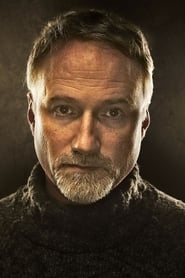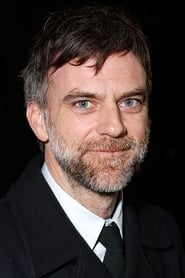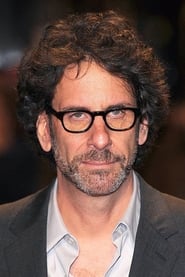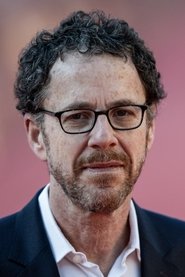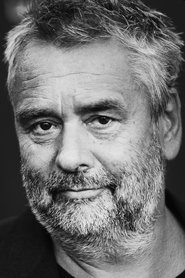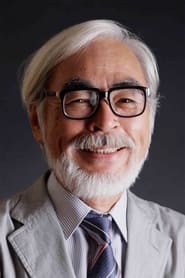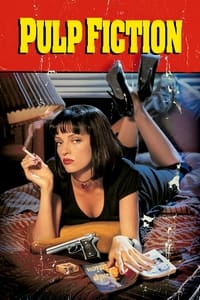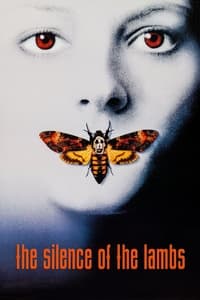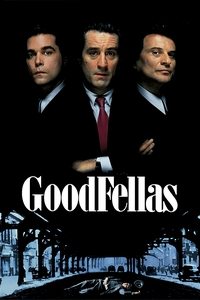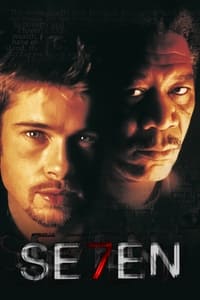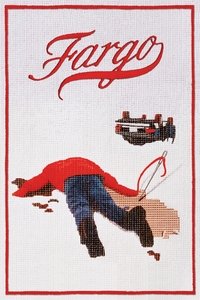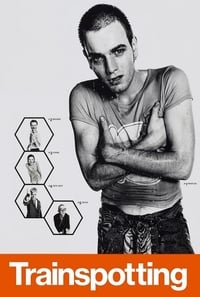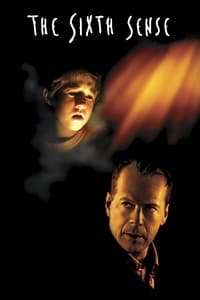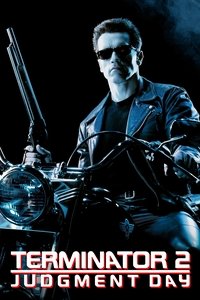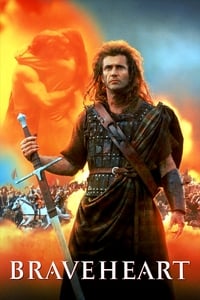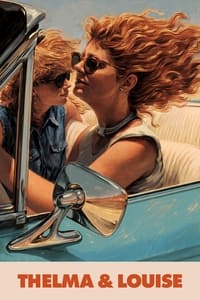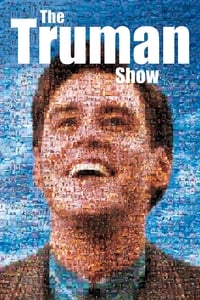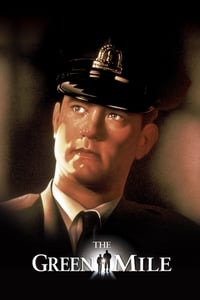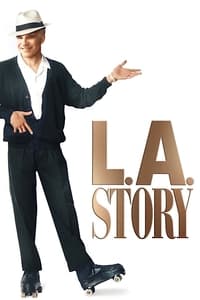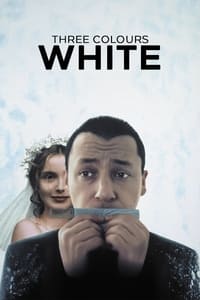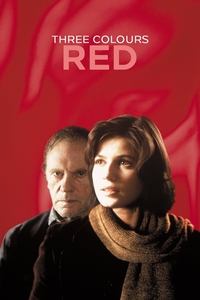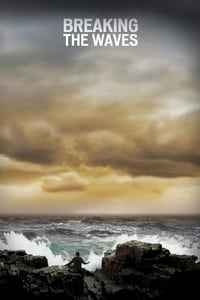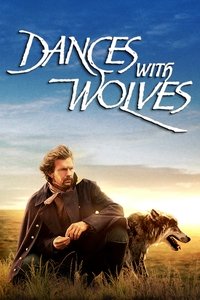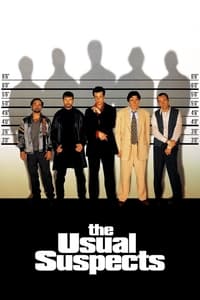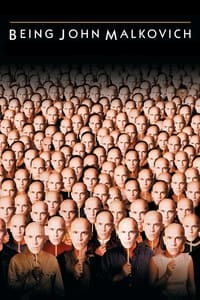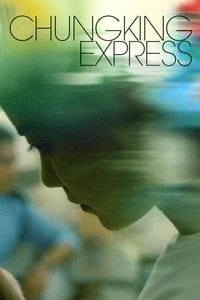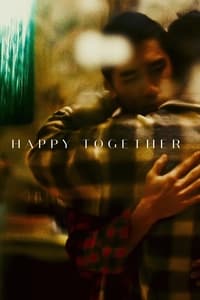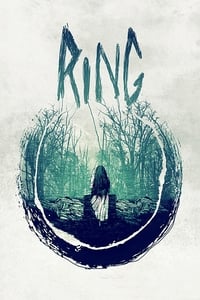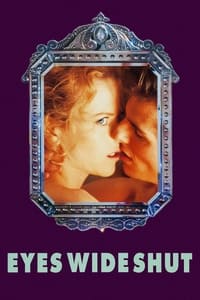The Cinema of the 1990s: Reality, Rebellion, and Reinvention
The 1990s were a decade of contrasts — digital beginnings and analog nostalgia, globalization and personal storytelling. While Hollywood perfected its blockbuster formula, a new wave of independent filmmakers broke the rules, crafting stories that were raw, ironic, and self-aware.
In America, Tarantino, Fincher, and the Coen brothers turned crime and absurdity into art. Pulp Fiction, Fight Club, and Fargo defined a generation disillusioned by consumerism and media culture. Meanwhile, Steven Spielberg, James Cameron, and Peter Jackson pushed spectacle to new heights — from Jurassic Park to Titanic and The Lord of the Rings (whose production began at the decade’s end).
In Europe, Lars von Trier, Krzysztof Kieślowski, and Luc Besson explored new emotional and visual languages, while Asian cinema experienced an extraordinary renaissance:
- Wong Kar-wai redefined romance through time and memory.
- Takeshi Kitano and John Woo reinvented violence as poetry.
- Hideo Nakata and Kiyoshi Kurosawa prepared the rise of J-horror.
The 1990s also saw the birth of CGI as storytelling, the rise of cult cinema, and the power of female-driven narratives (Thelma & Louise, Fargo, Run Lola Run).
It was a decade of experimentation and identity — where cinema became self-reflective, aware of its own myth.

